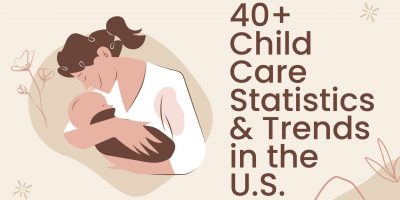
How to Implement Chronic Disease Management at Work
Chronic disease management provides a dual advantage in the workplace, supporting employee health and organizational success. Learn how you can implement the right program for your company.

Infertility has always been an issue that afflicts a silent minority of men and women worldwide. It results from a myriad of physiological issues, and oftentimes the cause is unknown. It is a taboo topic that should be addressed especially with its prevalence, as the statistics below show.




Corporate wellness programs are a solution where everyone benefits, both companies and employees, with greater morale, health and a boost in productivity far outweighing the financial costs of running and implementing these programs.
*We’re using an archived version of the page as the source.
Browse our curated list of vendors to find the best solution for your needs.
Subscribe to our newsletter for the latest trends, expert tips, and workplace insights!

Chronic disease management provides a dual advantage in the workplace, supporting employee health and organizational success. Learn how you can implement the right program for your company.

Uncover the latest insights into child care in the US with our 40+ essential statistics, providing a detailed look at the state of child care services, accessibility, and family dynamics.

Imagine knowing the exact cost of your healthcare services upfront. The Healthcare Price Transparency Act promises just that.

As a new generation of anti-obesity drugs like Ozempic, Wegovy, and Mounjaro can potentially improve millions of Americans’ health and lives, the question arises: what’s the hidden cost?
Used by most of the top employee benefits consultants in the US, Shortlister is where you can find, research and select HR and benefits vendors for your clients.
Shortlister helps you reach your ideal prospects. Claim your free account to control your message and receive employer, consultant and health plan leads.